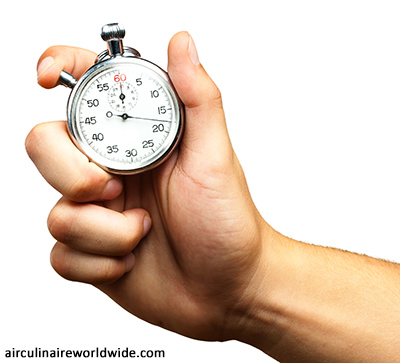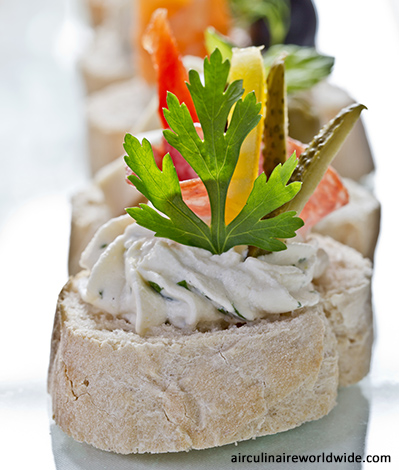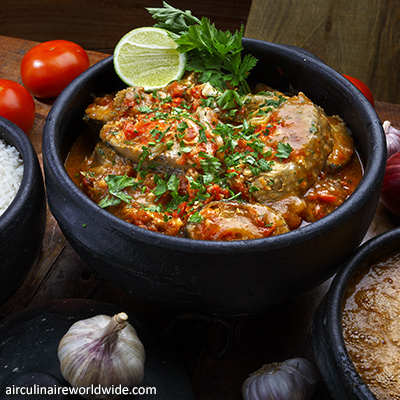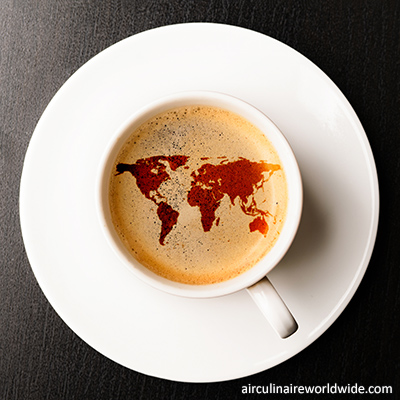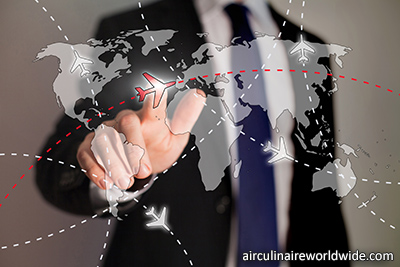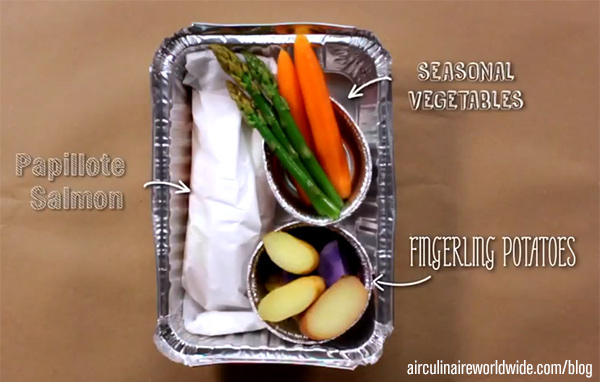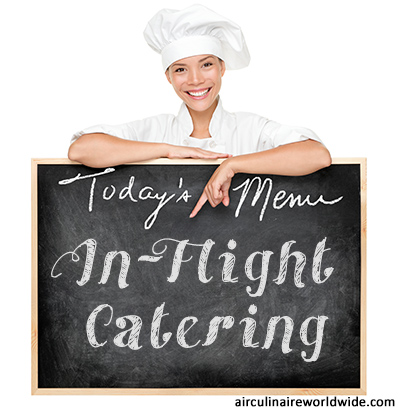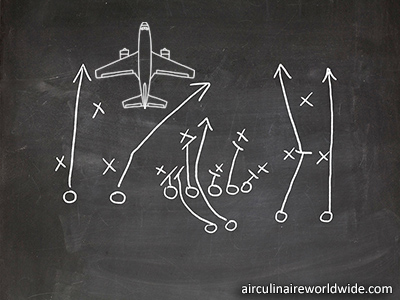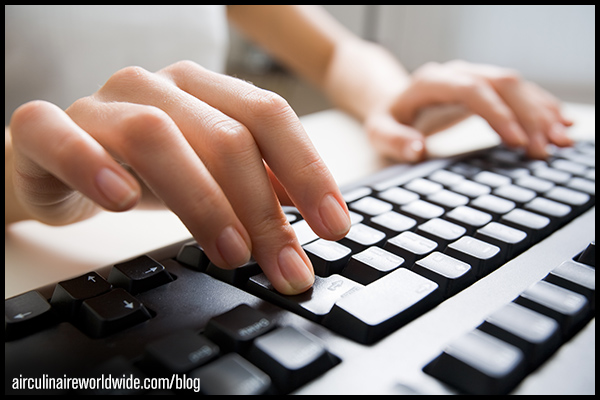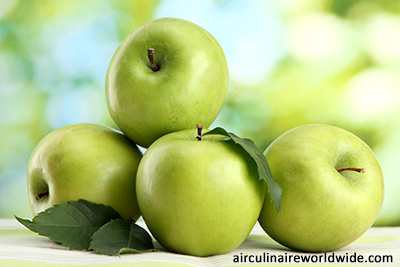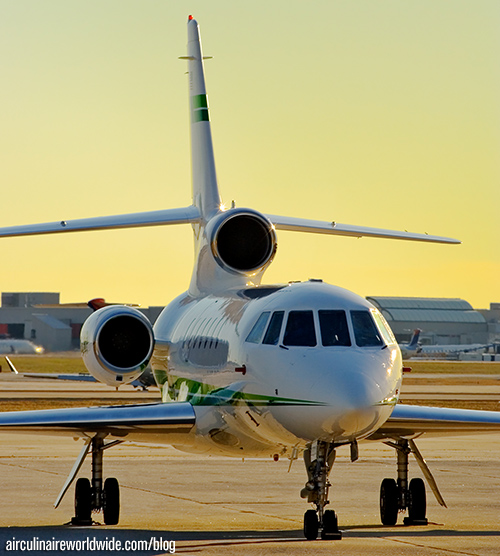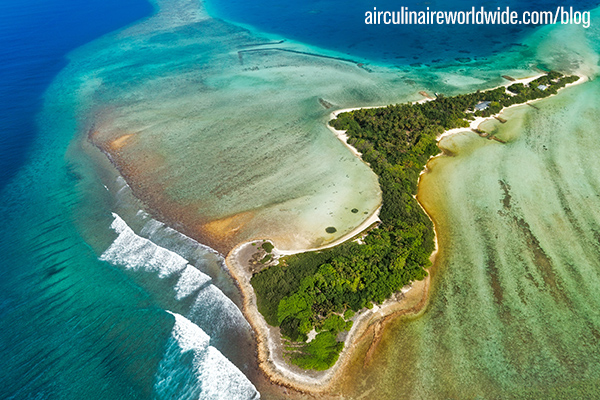Having the right in-flight catering experience for your passengers will make or break the entire flight. It is no secret that happy passengers will view you, and the flight, in a positive manner when they are provided top-notch in-flight catering. While many factors should be considered when arranging in-flight catering, a crucial one is flight duration. Here are a few tips for choosing the best in-flight catering options for the length of your flight.
VIP catering requests are strongly influenced by the flight duration, time of day and the trip type (personal or business). If your passengers are just taking a short flight to a business meeting, stay away from heavy carbohydrate dishes since they can drain energy levels. On international legs, there has been a shift toward Mediterranean and Indian cuisine, as well as Middle Eastern / Lebanese cuisine. Current trends in private aviation catering orders show increasing popularity of healthy foods and regional comfort foods. Corporate Flight Attendants and flight departments are ordering more health-conscious options, such as variations of hummus dips and Greek yogurts.
Each aircraft presents a specific set of parameters to work with in order to accomplish the best in-flight catering experience possible. Due to the challenges of the in-flight environment, certain foods are not recommended. Reheating eggs poses a big challenge since overcooked eggs or eggs that touch uncoated aluminum can turn green. It is recommended to avoid fresh egg products and any sauces that are made of cream or butter, since they separate quickly. Starchy meals, such as pastas, are not the best fit for in-flight catering since they can be difficult to reheat and are known to induce sleepiness. Additionally, soufflés and fried foods do not reheat well, so it is suggested to avoid them.
Sushi is great for an in-flight meal since it is a healthy choice and it is easily kept cool in the cabin. Likewise, easily preheated items, such as hearty vegetable stews and soups like bok choy or chowder, are recommended since they are easy to reheat on-board. For breakfast, fresh berries are a good choice as they are healthy and packed with energy. Sample platters, such as a variety of cheese, fruit, grilled vegetables and shrimp are prime candidates for in-flight catering for short midday flights. These platters involve minimal effort to prepare for your passengers.
When a flight is less than an hour long, consider having pre-plated catering delivered and served prior to wheels up. Breakfast bagels, parfaits, and fresh fruit are popular options for quick morning flights. On short flights in the afternoon, consider lighter fare such as seafood trays or protein salads that don’t require reheating. For a late afternoon or early evening flight, a soup or salad, protein with vegetables and dessert is a perfect fit.
Flights longer than six hours will need full service multi-course catering, but consider the purpose of the flight and cabin crew resources when planning. On longer flights you may want to offer two or three meal services with snacks in between. As an added touch, menus can be printed by the private aviation caterer, complete with your company logo. Best practice is to order additional entrées in case a passenger wants more servings, needs more options, or if an item arrives damaged. Consider portion size based on passenger requirements. For example, Americans are used to 8-10 oz. protein portions, while 6 oz. is the standard for Europeans.
Food packaging options also differ depending on the flight duration, time of day, number of passengers and cabin crew resources. For shorter flights, meals can come packaged in individual or bulk, depending upon your preferences. Entrées consisting of protein along with salad and light dessert are a good choice for those quick flights. On longer flights, entrées are often prepared and packaged in bulk for reheating and serving later. Right after departing, start with a selection of sampler trays, followed by pre-plated appetizers, bulk packaged entrées and have self-service snacks available between meals.
Food safety is always to be kept top of mind. Restaurant packaging may not work for reheating and food may not be delivered properly chilled, so it is best to work with a private aviation caterer or third-party provider. In-flight catering should be delivered either chilled at 40 degrees F (4.4 degrees C) or below or hot at 140 degrees F (60 degrees C) and above. Due to these safety standards, you may be asked by your caterer to sign a safety waiver if you order “ready to eat” meals. If your aircraft is not capable of sufficiently reheating your catering order, consider reheating it at your FBO immediately before departure. Gel ice packs work well for most catering (for best results, place gel packs above and below the food), and dry ice is effective for longer storage of catering. Make sure to use small portions of dry ice so the catering doesn’t freeze. When ordering catering for multiple legs, keep in mind that it may be safely stored with dry ice and placed in the cargo area for up to 24 hours.
When possible, get to personally know your in-flight caterers, especially if you will be flying to a particular region on a regular basis. Dietary requirements, such as food allergies and dietary restrictions, mean you will need to provide a variety of acceptable options and have a backup plan. Working with your aviation caterer will ensure you have all bases covered with recommendations and the freshest local ingredients.
Questions?
If you have any questions about inflight catering, contact weborders@airculinaire.com.
